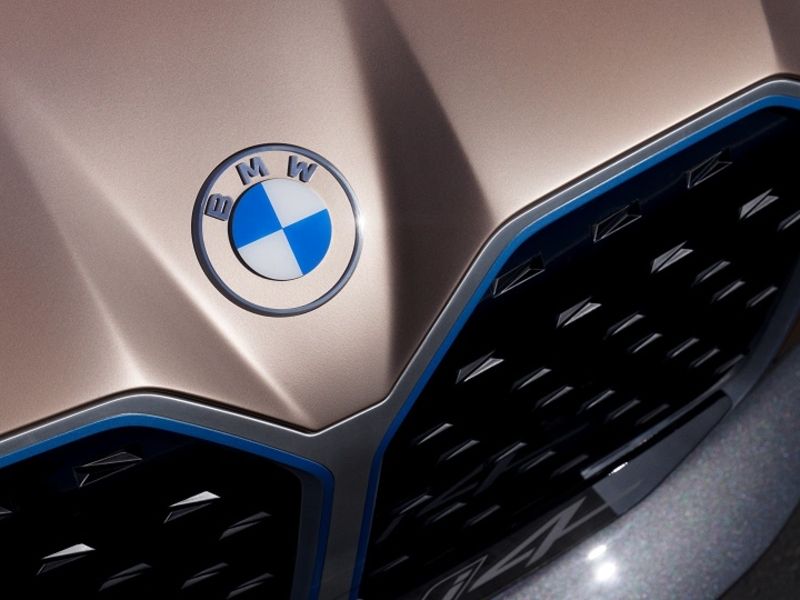
BMW Group reported a jump in third-quarter earnings after higher vehicle prices and prioritizing its biggest money-spinning models helped the company offset output reductions due to the microchip shortage.
Group earnings before tax surged 50 percent to 2.9 billion euros ($3.36 billion), BMW said Wednesday, compared with an average analysts’ estimate of 2.5 billion euros.
The chip supply woes that have hampered the entire industry will remain an issue beyond this year, it said.
“Business during the current financial year to date has benefited substantially from the favorable stable market situation and continued brisk demand,” CFO Nicolas Peter said in the statement.
BMW has navigated turmoil from the chip shortage better than others, and in late September went against the tide of warnings to raise profit expectations.
While automakers have been able to offset much of the crisis with higher prices and swinging output toward their most lucrative models, suppliers such as Continental have been less fortunate.
BMW’s deliveries during the third quarter sagged about 12 percent to just under 600,000 cars compared with a year ago, when pandemic restrictions still kept buyers away from showrooms. Mercedes-Benz sales plunged 30 percent during the same period.
After semiconductor availability grew worse during the third quarter, manufacturers are seeing light at the end of the tunnel. Last week, Volkswagen Group and Stellantis, the two biggest automakers in Europe, said the crunch should finally start to ease.
As traditional manufacturers’ rollouts for electric vehicles gather pace, they are struggling to dent Tesla’s rise.
The EV leader’s valuation rose above $1 trillion for the first time last week, swept higher by a deal to supply 100,000 cars to rental company Hertz Global Holdings.
Tesla’s Model 3 also took the top spot for European car deliveries during September, the first electric car to do so.
BMW expects full-year earnings before interest and taxes on automaking of between 9.5 percent and 10.5 percent on sales, up from a prior outlook of 7 percent to 9 percent.